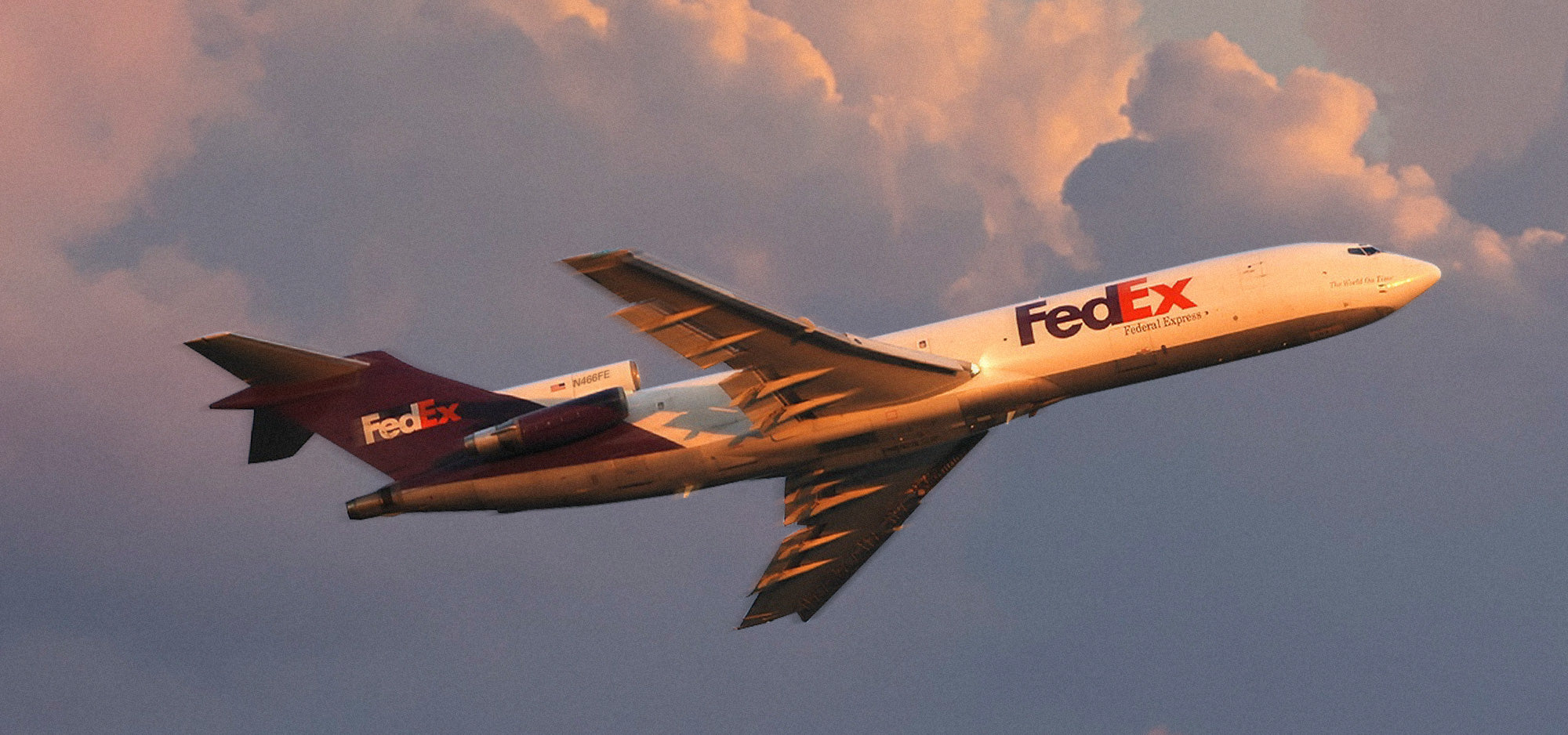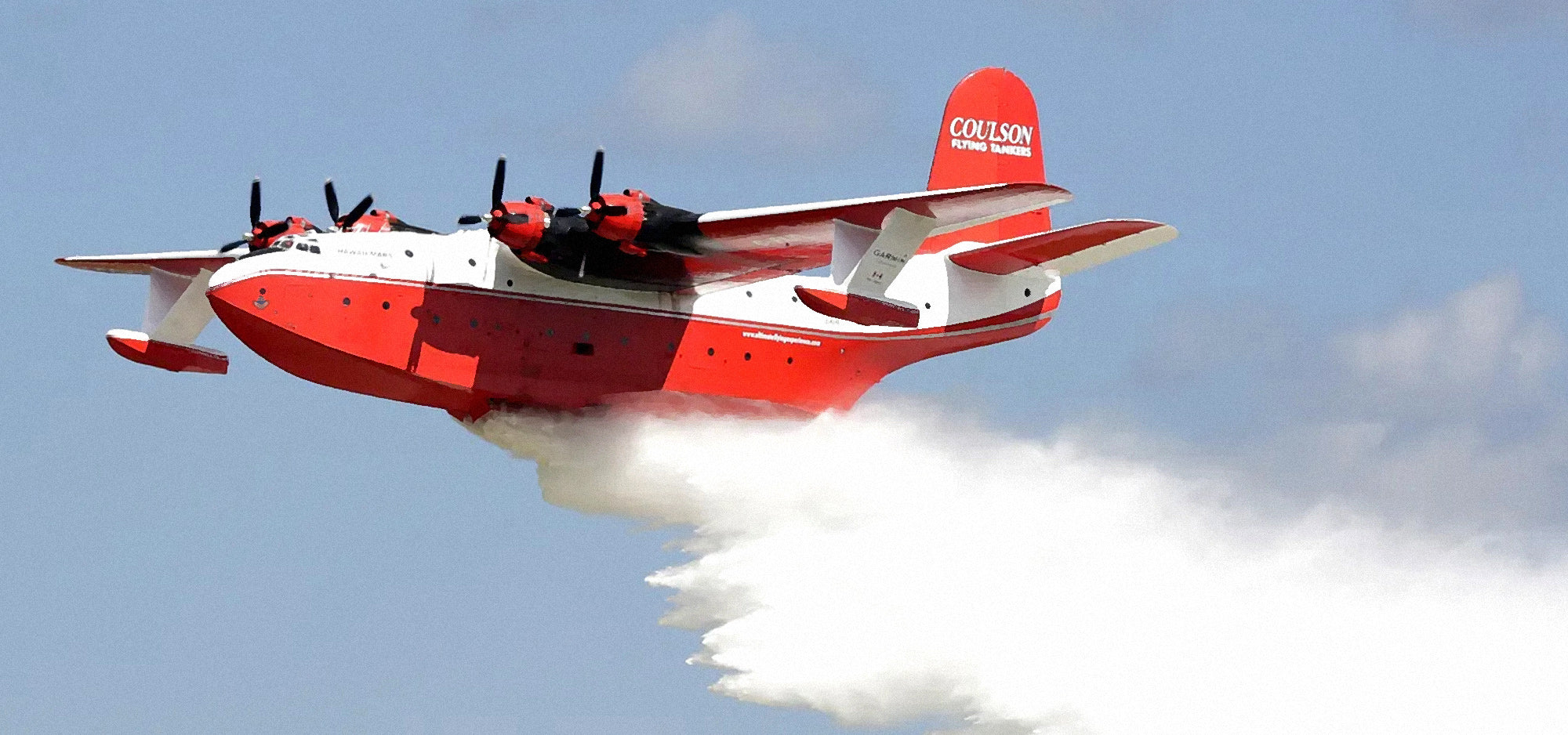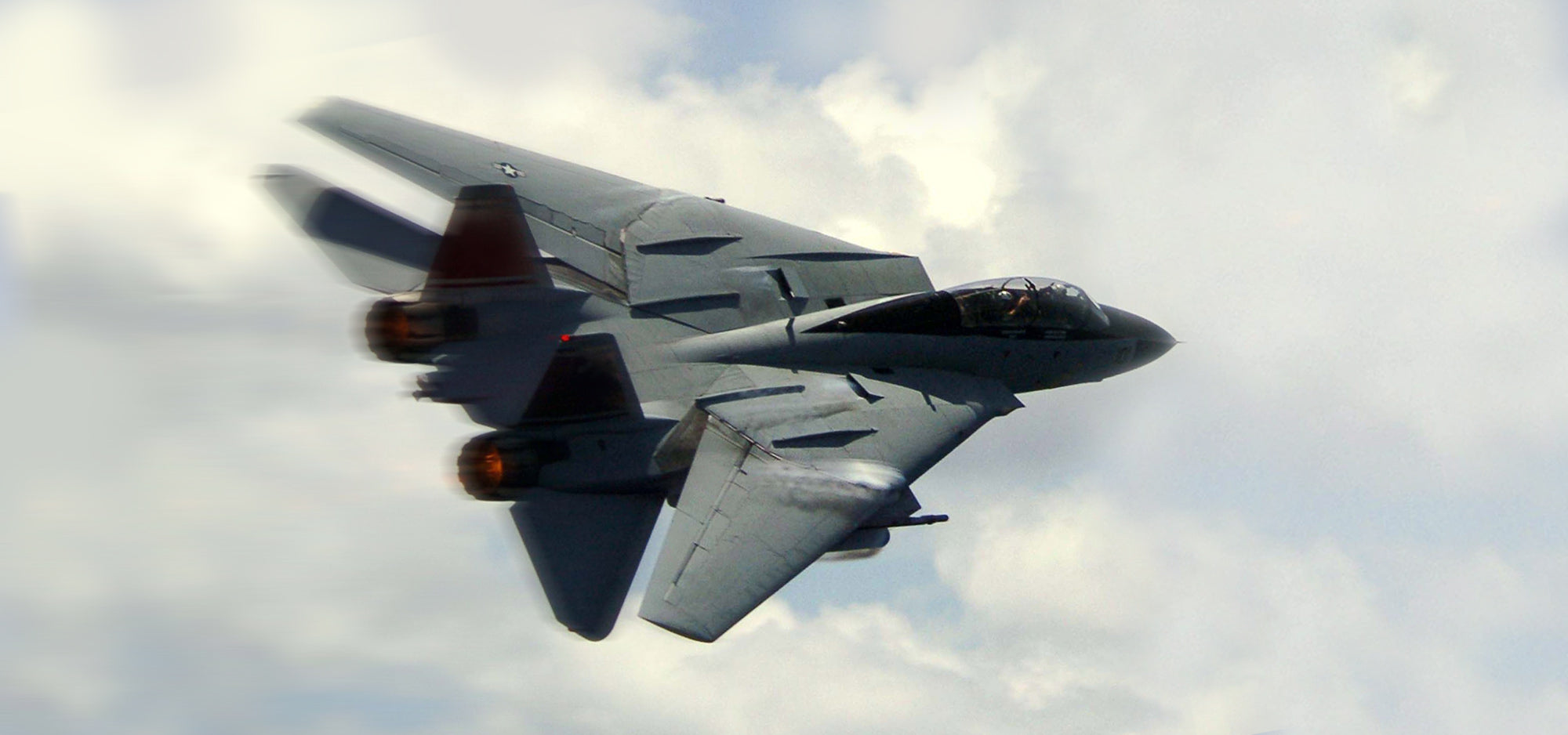In the annals of aviation history, few aircraft stir as much emotion and admiration as the Boeing B-17 Flying Fortress. Known for its formidable presence in the skies during World War II, these bombers played a pivotal role in the Allied strategic bombing campaign. Among these iconic warbirds, the B-17 "Aluminum Overcast" stands out as a living testament to the courage and sacrifice of the Greatest Generation. Restored and maintained by the Experimental Aircraft Association (EAA), "Aluminum Overcast" has been a touchstone for both history enthusiasts and veterans, offering a tangible connection to the stories of the past. Read more about this amazing aircraft and get your B-17 PlaneTag for your tag collection today.

We are thrilled to announce a special collaboration that turns this storied aircraft's legacy into something you can hold in your hand. MotoArt, known for its innovative approach to preserving aviation history through art, has teamed up with EAA to create a unique line of B-17G PlaneTags. These tags, crafted from the actual metal of "Aluminum Overcast," offer aviation enthusiasts a once-in-a-lifetime opportunity to own a piece of World War II history. Join us as we delve into the journey of "Aluminum Overcast," from war service to historical artifact, and explore how these PlaneTags bring a piece of aviation history into the homes of enthusiasts around the world.

B-17G: “Aluminum Overcast”
The B-17G-VE, with the serial number 44-85740 and affectionately nicknamed "Aluminum Overcast," was delivered to the U.S. Army Air Corps on May 18, 1945. Though it arrived too late to participate in World War II, its subsequent history is nothing short of fascinating. Initially acquired as military surplus for just $750 in 1946, this aircraft has since accumulated over a million miles in the sky. Its varied careers have included roles as a cargo hauler, an aerial mapping platform, and even a stint in agricultural pest control and forest dusting.

The journey back to its military origins began in 1978 when "Aluminum Overcast" was bought by a group of investors led by Dr. Bill Harrison, under the banner "B-17s Around the World." Their mission was to restore the aircraft to its wartime splendor. However, facing the steep costs of maintaining and restoring a vintage bomber, the group opted to donate it to the Experimental Aircraft Association (EAA) in 1983. What followed was an ambitious decade-long restoration project spearheaded by dedicated EAA staff and volunteers. This effort ensured that "Aluminum Overcast" would serve as a dynamic reminder of WWII aviation for future generations.
The bomber is painted in the colors of the 398th Bomb Group, which flew numerous missions over Nazi-occupied Europe. It commemorates B-17G #42-102515, shot down over Le Manior, France, on its 34th combat mission on August 13, 1944. Veterans from the 398th funded much of the restoration, adding a personal touch to its revival.

Displayed at the EAA AirVenture Museum in Oshkosh, Wisconsin until October 1993, "Aluminum Overcast" was later relocated to EAA’s Kermit Weeks Hangar for further maintenance. This move prefaced its 1994 national tour debut, offering aviation buffs the chance to explore its interior and even immerse themselves in an unforgettable flight experience aboard this legendary aircraft. Tour proceeds have been pivotal in supporting its ongoing upkeep and the educational missions of the EAA.
In a thrilling new chapter for 2024, EAA has partnered with MotoArt to craft exclusive B-17 PlaneTags from "Aluminum Overcast's" own metal, marrying historical preservation with innovative craftsmanship. These PlaneTags not only help fund the aircraft's maintenance but also educate the public about its storied past. Available starting May 30, 2024, exclusively through EAA’s website, these tags offer enthusiasts a unique opportunity to own a piece of aviation history.
B-17 Flying Fortress
The Boeing B-17 Flying Fortress is a legendary figure in the annals of military aviation, a symbol of the air power that played a crucial role in the Allied victory in World War II. Manufactured by Boeing, the B-17 was a heavy bomber developed in the 1930s for the United States Army Air Corps. With its first flight on July 28, 1935, the B-17’s robust, long-range capabilities made it an ideal aircraft for the high-altitude strategic bombing that was pivotal during the war.

Distinctly recognized by its tail fin, deep fuselage, and four Wright R-1820-97 Cyclone turbo-supercharged engines, the B-17 was designed for durability and firepower. It featured multiple defensive gun positions and could carry a bomb load of up to 4,800 pounds. By war's end, Boeing, along with Douglas and Lockheed (under the Vega brand), had produced a combined total of nearly 13,000 B-17s. The aircraft was renowned not just for its ability to sustain heavy battle damage and still complete missions, but also for the safety it provided its crews relative to other bombers of the era, earning a storied reputation as the “Flying Fortress.”
During World War II, B-17s were employed predominantly in the European theater by the U.S. Eighth Air Force and played a key role in the daylight strategic bombing campaign against German industrial and military targets. A famous example was the Memphis Belle, one of the first B-17s to complete a full tour of duty with 25 missions without losing a crew member. The strategic importance and effectiveness of the B-17 were significant in disrupting Nazi war production and weakening German air defenses, which helped pave the way for Allied ground advances. After the war, the B-17 saw various uses including cargo transport, aerial mapping, firefighting, and even film appearances, before many were retired or placed in museums as a tribute to their service.
B-17 G Variant
The B-17G variant of the Flying Fortress represents the final and most produced model of this iconic bomber series. Introduced in 1943, the B-17G featured significant upgrades, primarily in its defensive armament, making it the most heavily armed version. It was equipped with a new chin turret under the nose, providing crucial frontal protection against head-on attacks, which had been a vulnerability in earlier models. This addition brought the total to 13 .50 caliber machine guns positioned around the aircraft, enhancing its ability to fend off enemy fighters. With nearly 8,680 units built, the B-17G played a pivotal role in the daylight strategic bombing campaigns over Nazi-occupied Europe, thanks to its improved armament and the enhanced survivability it offered to its ten-man crew.
B-17G At A Glance
B-17G Specifications
- Manufacturer: Boeing/Lockheed-Vega Aircraft Company
- Model: B-17G Flying Fortress
- S/N: 44-85740
- Crew: 10
- Wing Span: 103 ft 9 in
- Length: 74 ft 4 in
- Height: 19 ft 1 in
- Armament: 13x 50-Cal M2 Browning Machine-Guns w/payload up to 6,000lb ordinance
B-17G Performance
- Range: 1,850 mi
- Cruise Speed: 148 kts
- Ceiling: 36,400 ft
- Empty Weight: 36,134 lb
- Max Takeoff Weight: 65,500 lb
- Rate Of Climb: 900 ft/min
- Engine: 4x Wright R-1820-97 Turbocharged Radial
EAA
The Experimental Aircraft Association (EAA) is a community of aviation enthusiasts founded in 1953 by Paul Poberezny and a group of friends in Milwaukee, Wisconsin. Originally started as a small group for individuals who were building their own airplanes, EAA has grown into an internationally recognized organization that supports all aspects of aviation, including the construction, restoration, and flying of recreational aircraft. The organization's mission is to grow participation in aviation by promoting the spirit of innovation, freedom, and personal responsibility among members and the general public.
Headquartered in Oshkosh, Wisconsin, EAA hosts the world-renowned annual AirVenture Fly-In & Convention at Wittman Regional Airport. This event, often referred to as "The World's Greatest Aviation Celebration," gathers thousands of pilots and aviation enthusiasts from around the globe and features airshows, workshops, educational forums, and much more. EAA also offers a wide range of educational resources including workshops, webinars, scholarships, and youth programs designed to inspire and empower new generations of aviators and engineers.
In 2024, MotoArt joined forces with EAA in its mission to educate the public and preserve aviation history. Their collaboration to create PlaneTags from the historic B-17 "Aluminum Overcast" exemplifies this shared commitment, transforming pieces of aviation history into artifacts that enthusiasts can own, thus keeping the legacy of these aircraft alive for future generations. This partnership not only aids in the preservation of historical aircraft but also helps to educate the public about the rich history of aviation and its impact on society.
How B-17 PlaneTags Are Made
The creation of the B-17G PlaneTags begins with a unique preservation process involving the original skin material of the aircraft, which is removed during restoration efforts to make way for new, replacement parts. The original skin is crafted into patterns that will be used to precisely craft the new pieces used in the aircraft's restoration.

This authentic, original skin, steeped in historical significance, is carefully transported to MotoArt Studios in Torrance, California. Here, the transformation from aircraft skin to collectible memorabilia starts. The MotoArt team, known for their meticulous attention to detail and dedication to preserving aviation history, uses this material as the foundation of each PlaneTag.

With an artisan’s eye, the machinist stamps out the oval shapes of the PlaneTags from the skin material. The highlight of this process is the laser engraving, where the PlaneTags are marked with essential information about the B-17G "Aluminum Overcast," including its BuNo or registration. Additionally, each tag is assigned an individual number in a limited series, marking its uniqueness in the collection.


The final assembly of the PlaneTags is done meticulously by hand. Each piece undergoes a thorough cleaning and polishing process to bring out the metal's natural luster or paint and prepare it for the final stages of production. They are paired with an informative card that details the aircraft's storied past and the significance of the piece. This card not only serves as a certificate of authenticity but also enriches the collector's experience, providing a deeper connection to the historical artifact they now own.



Through this intricate process, MotoArt and EAA ensure that each PlaneTag not only represents a piece of aviation history but also a tribute to the enduring legacy of the B-17G "Aluminum Overcast."
B-17G "Aluminum Overcast" PlaneTags

The special EAA edition B-17G Aluminum Overcast PlaneTags are now available on EAA’s website. These are a very limited edition of 5,000 and are expected to sell out quickly. Don’t miss your opportunity to own a piece of aviation history and support the Experimental Aircraft Association.






















Share:
The Flying Boxcar: The Legendary C-119G
Northwest Airlines and the DC-10: A Journey Through Time